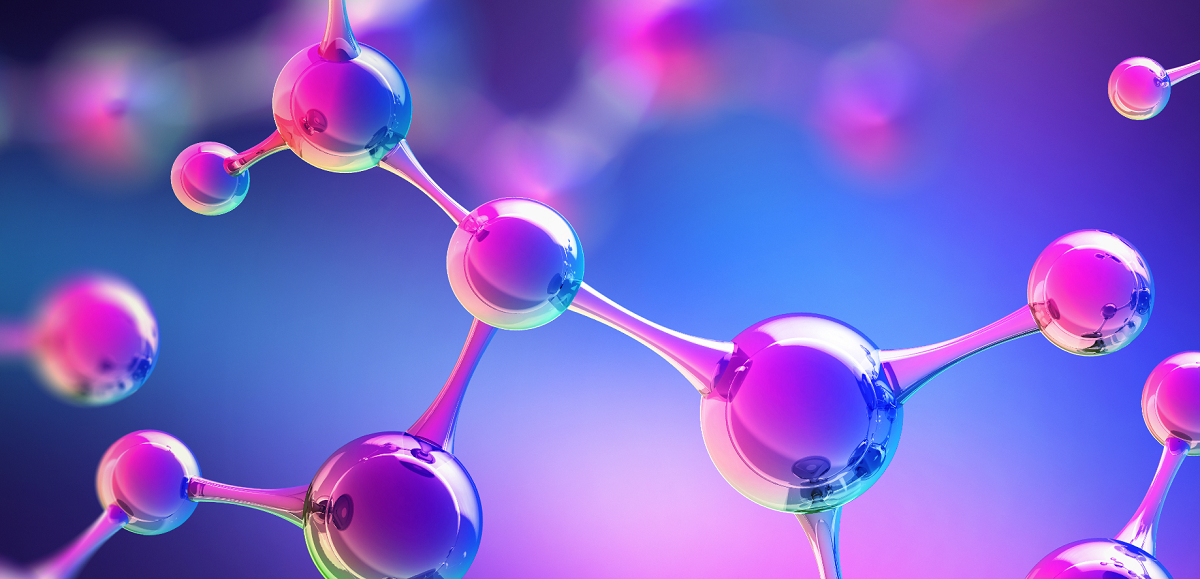Oct 25 2021
4 min read

The refining industry has evolved over time in order to adapt to the market trends. In order to maximize chemicals yield, they have no choice but to increase the conversion yield. This can be achieved by building the right configuration involving advanced integrated complex schemes.
The ultimate integration degree results in the grassroots Crude-to-Chemicals (CTC) complexes. Although plants showing various integration levels co-exist today, market trends clearly show that the higher the integration level, the higher the flexibility and the capability essential to match the evolving market requiring more petrochemicals, with a lower appetite for fuels.
A CTC complex is structured around three main blocks: Conversion, Olefins and Aromatics.
The very first block is the conversion of the crude with the specific goals of maximizing the transformation of heavier streams into light and heavy naphthas. As the conversion is to be pushed to increase the naphtha yield, this block will determine the economic returns of the olefins block and the aromatics block – respectively designed to process the light naphtha, for the olefins production; and the heavy naphtha, for the aromatics production.
Innovative integration strategies between the refinery and downstream petrochemical assets begins with the Bottom-Of-the-Barrel (BOB) upgrading, to supply the naphtha feedstock for petrochemicals production or even directly olefinic monomers and aromatics-rich raw cut.
Depending on whether the key target is olefins or aromatics production, the
conversion block would involve a different combination of technologies for an optimum yield:
The conversion block consisting of the BOB upgrading, would be either centered on two different families of technologies embedded in the right configuration for the overall scheme:
The olefins block includes the purification of the olefinic cuts, oligomerization processes and selective cracking into propylene. The optimization of the steam-cracker feed is also part of the equation.
FCC and Steam-Cracker (SC) are the two common routes to generate olefins. Whereas the new breakthrough high severity FCC technology, HS-FCC™, has been developed to overcome the barriers to boosting olefins production, steam-cracking consists of the most widespread process for the production for the production of light olefins, mainly ethylene, propylene and butadiene.
The aromatics block encompasses all the technologies from aromatization reactions up to aromatics solvent extraction, aromatics skeleton rearrangement and pure xylene isomers production to get in particular the highly coveted paraxylene molecule.
When targeting Aromatics production, the CTC conversion block maximizes Heavy Naphtha (HN) production for the aromatics block of a petrochemical complex.
The main entry point to the aromatics block is typically a reforming technology dedicated to the production of aromatics from heavy naphtha. It is the first step to high-purity paraxylene (PX), key intermediate in the value chain in the manufacture of the polyethylene terephthalate (PET) and fiber-consuming products.
The aromatics block incorporates a tailor-made arrangement of four blocks, constituting the ParamaX® technology suite, dedicated to selective production of a wide range of aromatics that also include metaxylene, orthoxylene, benzene and toluene:
Multi-criteria analysis includes cost estimation and financial analysis to ascertain the construction project’s overall viability and is complemented with audits regarding energy, water footprint and CO2 emissions that acts as a decision-making support. Therefore investors shift from “I want to invest in petrochemicals” towards “here is my project, and this is the path”. The selection of the best combination arises from the holistic view essential to perform scheme optimization through the combination of technologies suites and to support the customer to the best scheme selection.
Knowledge of crude oils is also essential for guiding the client on crude selection and on proper blending and to select the most appropriate processes as a function of the feed quality. The mastery of the whole chain of the unit life cycle is a must to ensure maximum synergy & asset optimization connecting the various blocks.